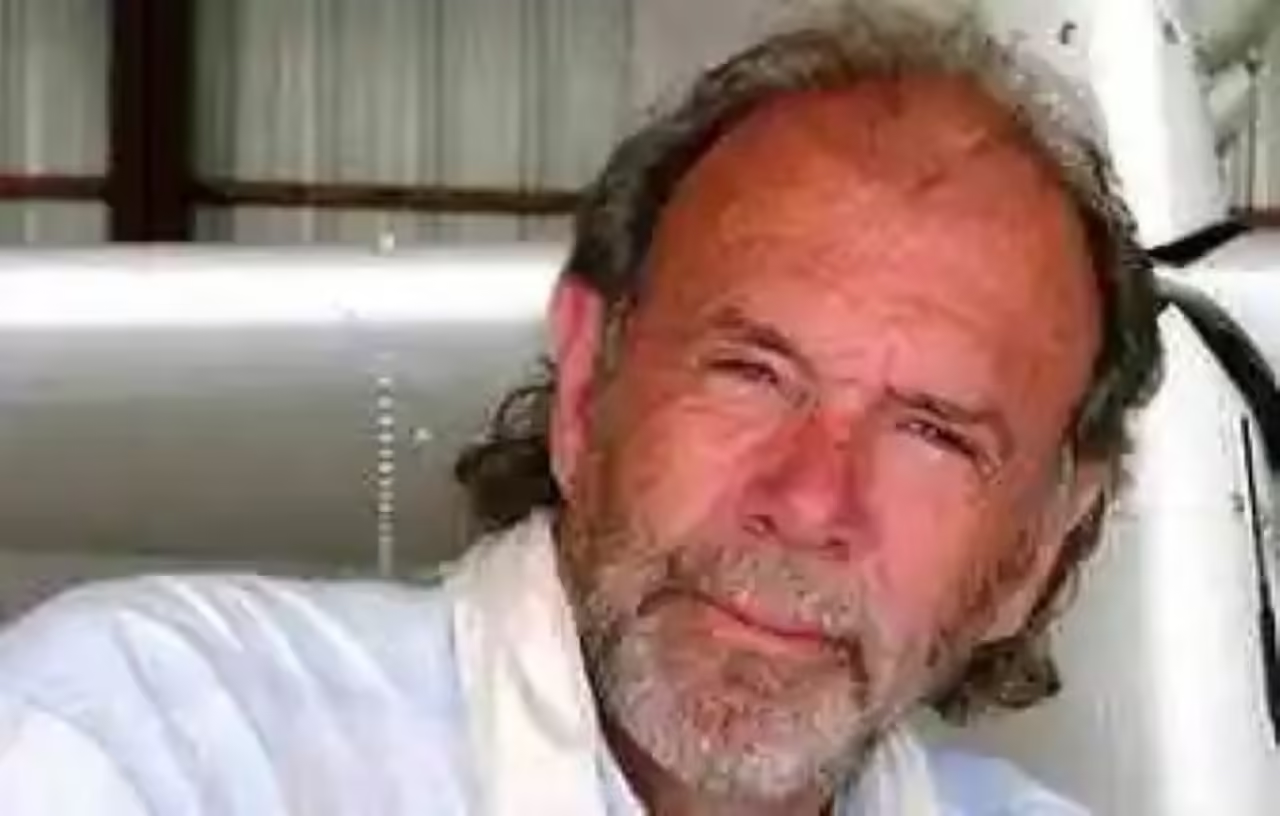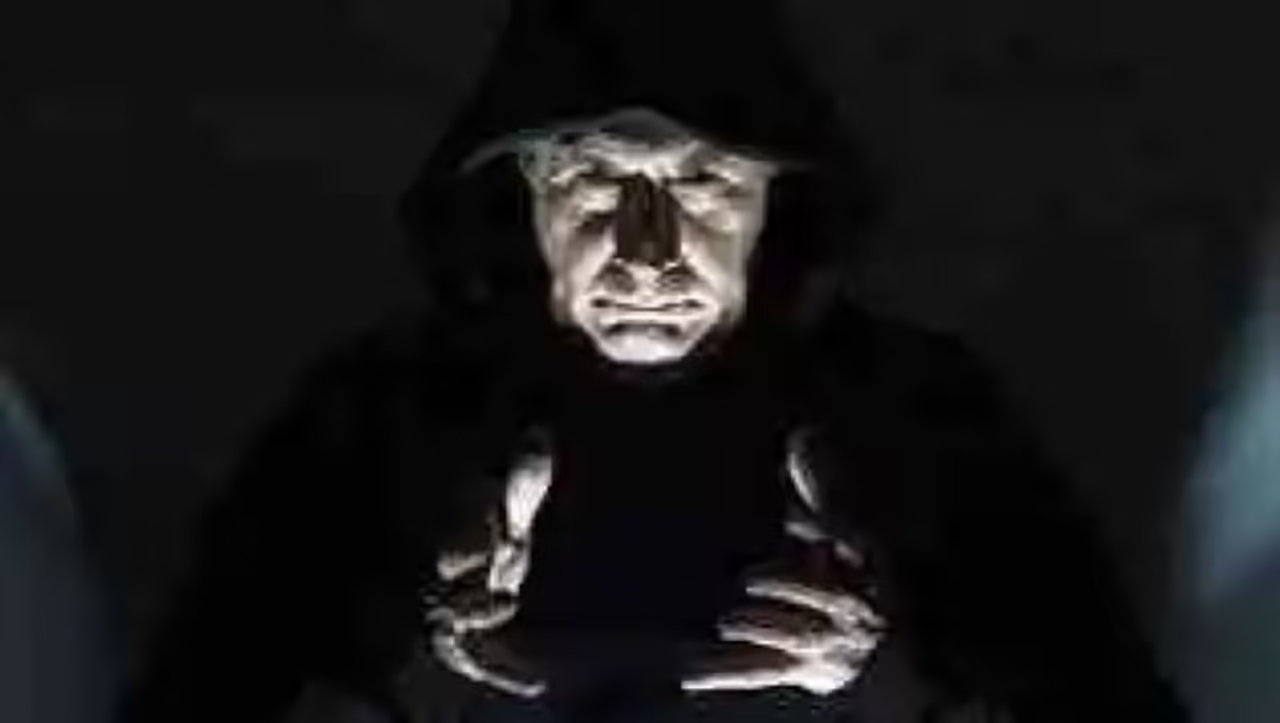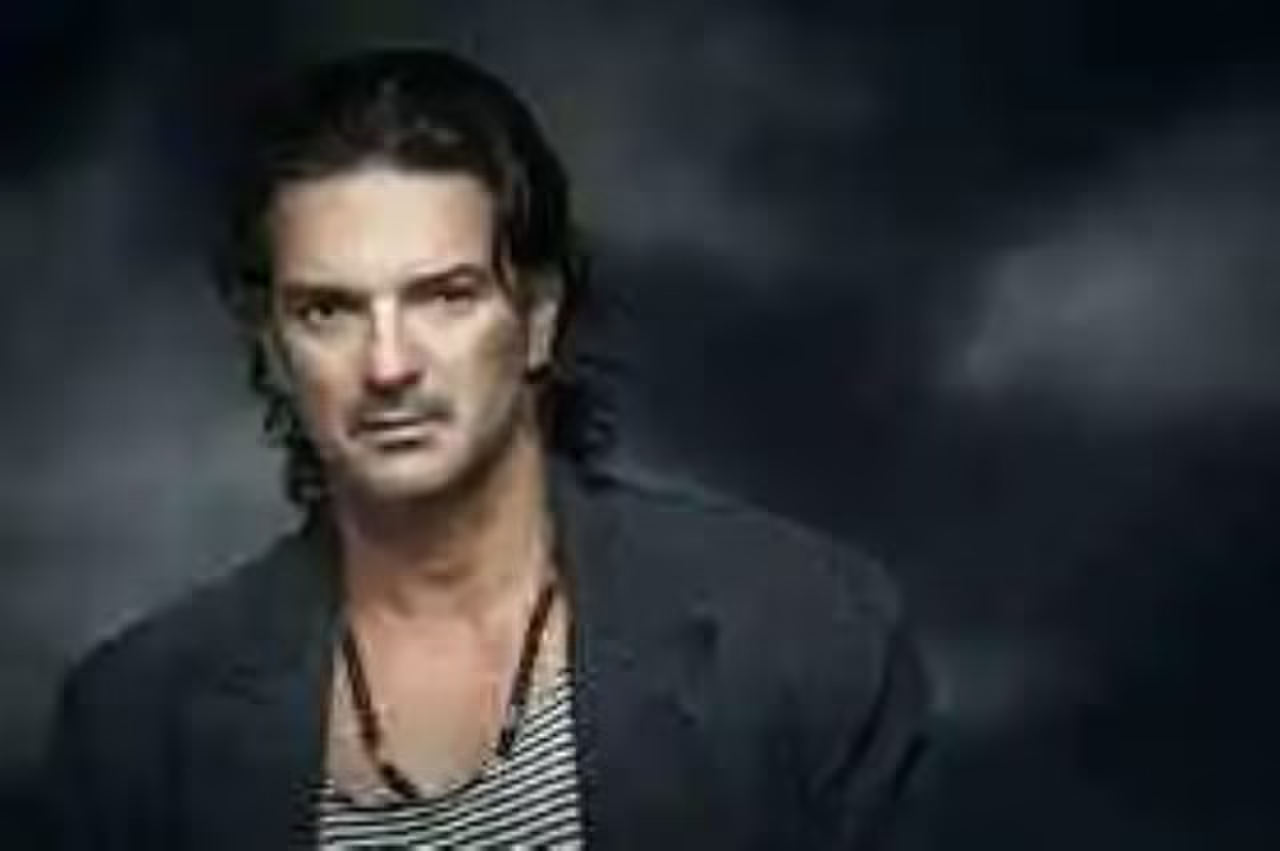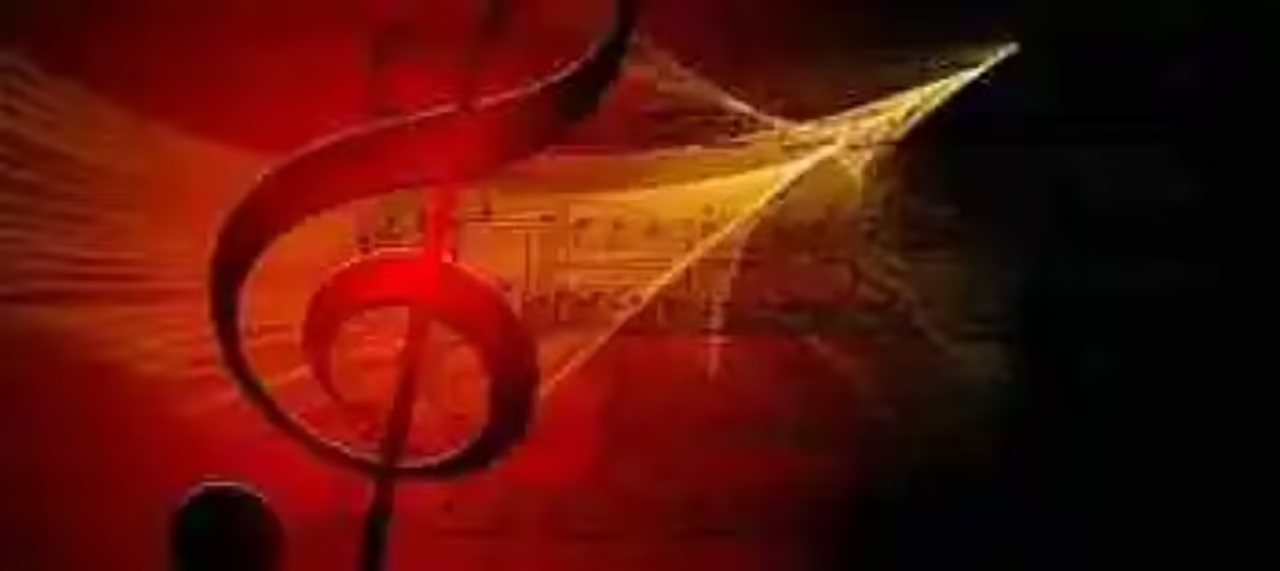Richard David Bach (June 23, 1936). Pilot and writer of American origin, listed as one of the most prestigious self-help authors, being also a classic of the best-sellers.
His most recognized work is Juan Salvador Gaviota, who with his message of self-improvement and freedom has become a must-read of the adolescent public. Likewise, Richard Bach has paralleled writing his other great passion: aeronautics. Since the age of seventeen he has been a Pilot, a profession where he has played several facets, and from which he draws inspiration for his stories, which present constant references to Freedom implicit in the fact of flying.
Richard Bach was born on June 23, 1936, in Oak Park, Illinois, United States, becoming the son of Roland Robert and his wife Ruth Helen Shaw. Soon, however,the family moved from state to Long Beach, California, where Richard would spend the rest of his childhood.
Her initial and high school education was at Long Beach State College. His higher education was at the State University, where he graduated, in 1955,as a manufacturer of aircraft and power generating stations.
Career as a Pilot
Two years later, in 1957, he joined the United States Air Force, where he remained on duty for five years. According to his biographers, it was during this time that Richard Bach dabbled in writing, writing some articles on aviation, for specialized magazines. This occupation, which in principle seemed simply a hobby, became increasingly serious. By 1963, a year after retiring from Aviation, Bach was appointed editor of Flying magazine, a publication he would edit for a year.
In 1962 he retired from the Air Force, however, this did not mean stopping flying. Since then he worked as a pilot, taking several jobs in the area. In this regard, he worked in the state of Iowa as a flight instructor, aviation mechanic and even charter flight pilot.
In 1970, his profession led him to take over as President of Trans-creature, an American airline. That same year, he also tried his luck as an aerobatic pilot at Creature Enterprises Inc. Four years later he assumed the position of aerobatic pilot, while in 1975 he was professor of Flight Philosophy at the University of Embry Riddle.
As for his personal life, he’s been married three times. With his first wife he had six children. In 1973, following his first divorce, he met Leslie Parrish, who would become his second wife, from whom he also separated a few years later. In 1999 he remarried his third wife, Sabryna Nelson-Alexopoulos, who is thirty-four years his junior.
Major works
Richard Bach’s work consists of more than twenty titles, some of which have become phenomena in sales, both within his country and in the other nations. They have also been translated into several languages.
His main works are: Alien to Earth (1963, original title in English: Stranger to the Ground); Biplane (1966, Biplane); Nothing is Random (1969, Nothig by Chance); Juan Salvador Gaviota (1970, Jonathan Livingston Seagull); The Gift of Flying (1974, A Gift of Wings); Noplace is far away (1976, There’s No Such Place as Far Away); Illusions (1977, Illusions: The Adventures of a Reluctant Messiah); The Bridge to Infinity (1984; The Bridge Across Forever: A Love Story); One (1988, One); On the other side of time (1993); Wings to Live (1995, Running from Safety); Out of my Mind); Chronicles of ferrets I. At Sea (2002); Chronicles of Ferrets II. In the air (2002); In the air Chronicles of the Ferrets III. With the muses (2003); Chronicles of Ferrets IV. On the ranch (2003); Messiah’s Handbook: Reminders for the Advanced Soul); Curious Lives: The Adventures of the Chronicles of The Ferron (2005, Curious Lives: Adventures from the Ferret Chronicles); Fly With Me (2009, Hypnotizing Maria); Thanks to your bad parents (2012, Thank Your Wicked Parents: Blessings from a Difficult Childhood); Travel with Puff (2013, Travels with Puff: A Gentle Game of Life and Death).
Works to which the film adaptation of his work Juan Salvador Gaviota is added, although as pointed out by some biographers he did not fully agree with the results, even going so far as to sue the production company. However, the conflict was settled, thanks to the mediation of Leslie Parrish, who became his second wife. Fixed the conflict, the film hit the screen, where it became a box office hit in the 1970s.
Image source: periodicoenfoque.com.mx








